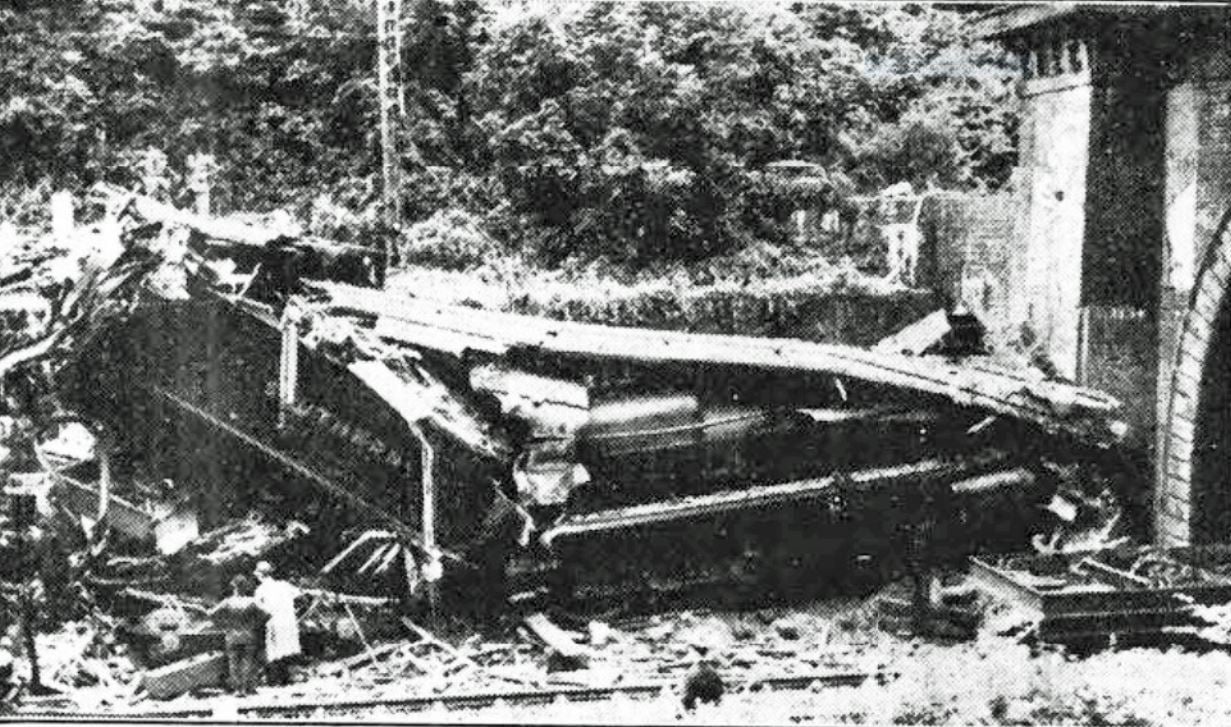
1945
Haywards Heath Tunnel
2nd September 1945
involving Stewarts Lane
Driver Reginald George Scrace &
Fireman Cyril Percival Bartlett
By A.C. Trench, Colonel

PHOTOGRAPHER UNKNOWN

Haywards Heath Tunnel
2nd September 1945
involving Stewarts Lane
Driver Reginald George Scrace &
Fireman Cyril Percival Bartlett
By A.C. Trench, Colonel

PHOTOGRAPHER UNKNOWN
Make a free website with Yola